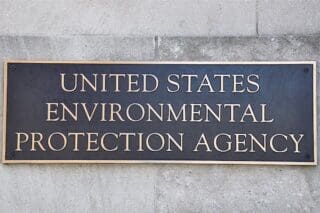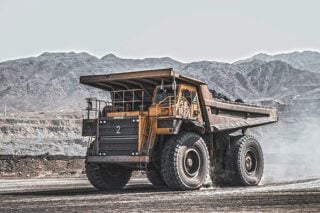
On April 5, 2022, the Environmental Protection Agency (EPA) proposed a rule to ban uses of chrysotile asbestos. This is currently the only type of asbestos actively imported into the United States.
This proposal comes following the EPA’s December 2020 Final Risk Evaluation for Asbestos, Part 1: Chrysotile Asbestos. The agency found chrysotile asbestos posed an unreasonable risk to public health. As a result, the EPA conducted risk management, leading to the proposed ban. Although this rule would not cover all uses of asbestos, it could be a step in the right direction.
EPA Proposes Rule to Prohibit Use of Chrysotile Asbestos
The EPA proposed a risk management rule as part of its ongoing efforts to evaluate and address the safety risks of asbestos. The proposed rule would ban the manufacturing, processing, distribution, commercial use and import of chrysotile asbestos. This type of asbestos is currently used in various products, including:
- Aftermarket automotive brakes and linings
- Asbestos diaphragms for use in the chlor-alkali industry
- Brake blocks
- Sheet gaskets and other gaskets
- Vehicle friction products
This proposed asbestos ban marks the first-ever risk management rule issued as part of an evaluation under the amended Toxic Substances Control Act (TSCA).
At the end of 2020, the EPA released its Final Risk Evaluation for Asbestos, Part 1: Chrysotile Asbestos. The agency concluded that current uses of chrysotile asbestos pose an unreasonable risk to the public.
The EPA’s risk evaluation for asbestos had been criticized by many advocates. Some of the criticism stemmed from the lack of a complete ban and delayed timelines. The agency was also criticized for not evaluating legacy uses or other types of asbestos.
The EPA later stated it would perform a second risk evaluation for the other five types of asbestos, as well as legacy asbestos uses.
In mid-2021, environmental and health groups sued the EPA over this second risk evaluation. These groups sought a timely deadline for the agency to complete its evaluation. In December 2021, the EPA released a draft scope for the second part of its asbestos risk evaluation. This evaluation is expected to be complete in December 2024.
What Does This Proposed Asbestos Ban Mean for the Public?
The proposed ban, stemming from the agency’s initial risk evaluation, would only impact current uses of asbestos. However, it is a step toward a complete ban of the mineral. Banning the use of chrysotile asbestos will help prevent asbestos exposure. This ban will especially impact workers in the automotive and chlorine industries. Exposure can cause various asbestos-related illnesses, including mesothelioma.
The last time the EPA tried to implement an asbestos ban was in 1989. The ruling was overturned in 1991 by the Fifth Circuit Court of Appeals in New Orleans, Louisiana. As a result, the EPA was only able to prohibit certain asbestos products. Since then, advocates have been pushing for stricter regulations and a complete U.S. asbestos ban. More than 60 other countries have already banned asbestos.
“This historic proposed ban would protect the American people from exposure to chrysotile asbestos, a known carcinogen, and demonstrates significant progress in our work to implement the TSCA law and take bold, long-overdue actions to protect those most vulnerable among us.”
The EPA noted the proposed rule would have a positive impact beyond protecting human health from asbestos exposure. The agency suggests the ban could also lead to reduced air pollution.
Should this rule take effect, the EPA provided proposed timelines for implementation:
- Asbestos uses banned 180 days after the final rule’s effective date: Asbestos brake blocks, aftermarket automotive brakes and linings, vehicle friction products and gaskets
- Asbestos uses banned 2 years after the final rule’s effective date: Asbestos diaphragms and sheet gaskets
The public can comment on the proposed rule to ban chrysotile asbestos for the next 60 days. After that period, the rule may be finalized.
Advocates continue to call for a complete ban on asbestos. But this proposed rule provides hope that stricter regulations, or a total ban, may come.




